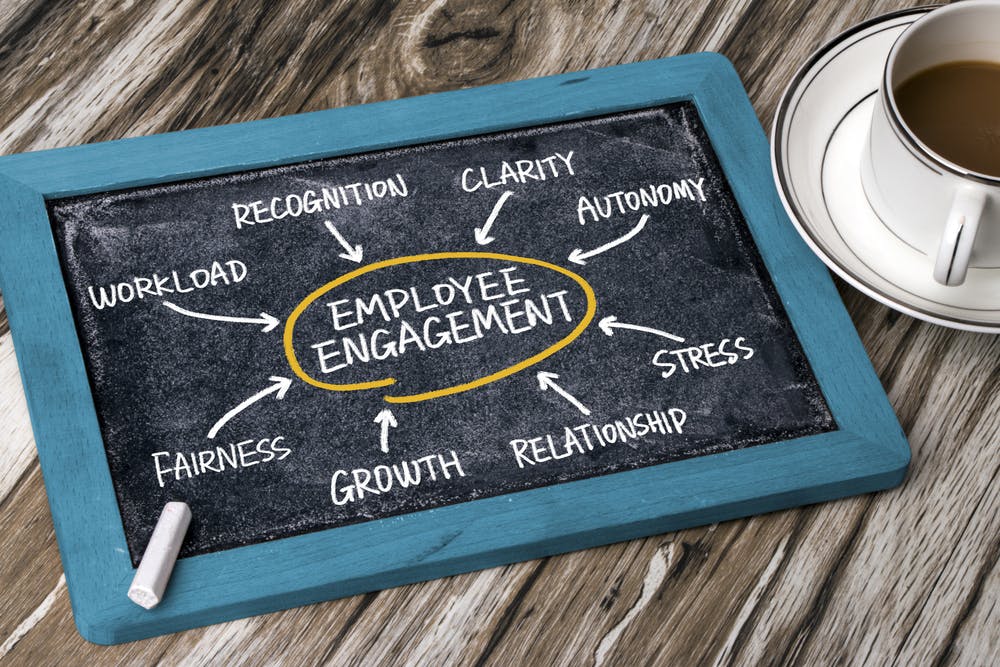Employee engagement continues to drive very positive business outcomes and is a vital concern for leaders around the world, but efforts to improve engagement frequently under perform.
Research from CEB (they used to be known as the Corporate Executive Board), titled Capitalizing on Engagement, indicates the lack of consistent results may be the product of not knowing which solutions best sustain engagement over time, and acknowledges employees’ present experiences don’t provide an accurate assessment.
Most organizations measure engagement by employees’ present perceptions and develop action plans focused on that narrow set of issues, but CEB measured employee perceptions across multiple time horizons to better link engagement action plans to underlying root causes of disengagement.
Their research highlighted the need for a dynamic engagement measurement to understand which factors have the greatest effect on employees’ perceptions of their past events, present experiences, and future expectations.
Past and future dramatically influence engagement levels
- Past events are defined as employee’s emotional and rational commitment based on their perception of previous events with their employer. Drivers that affect past engagement are long-lasting and accumulative, so address gaps as they arise. Belief in organizational values and satisfaction with their work environment are key drivers of past engagement, and requires continual commitment to – and incorporation of – recognition initiatives and signs of respect in daily interactions with employees.
- Present engagement is highly linked to employees’ activities and ability to perform their job efficiently and effectively. Good use of skills is the most important driver of present engagement, followed closely by access to adequate resources, cooperation among co-workers, and understanding the link between work and organizational strategy. Effective leaders use communication and networking best practices to build cooperation across teams and departments.
- Future expectations measure commitment based on expectations of future experiences with their employer. The availability and visibility of credible future opportunities for career growth and progression are critical drivers here. Understanding the connection between work and organizational strategy and receiving adequate recognition from managers and peers also play an important role in sustaining future engagement.
Focusing on an extended time horizon enables leaders to better predict employees’ discretionary effort and intent to stay. In fact, measures for past events and future expectations account for 44 percent of employees’ discretionary effort and 67 percent of their intent to stay.
The 3 engagement drivers with the greatest impact
- Career management — Leaders create disengagement by overpromising and under-delivering against employees’ career expectations, which also damages engagement and undermines trust. Focus career management initiatives on placing employees in the right roles, ensuring their current jobs make good use of their skills and abilities, and establishing growth opportunities that are credible and employee-owned.
- Work environment — Work-life balance drives attraction and commitment and helps shape the work environment and employment value proposition. The best results are achieved when leaders listen to employees and give them the opportunity to select and own initiatives for improving organizational performance.
- Culture and values — Belief in the company’s values was the most effective driver of engagement. Build strong employee-organization connections by involving employees in the development and maintenance of organizational values, and ensure leaders connect individual employees back to company values on a daily basis.
By focusing engagement initiatives on these three drivers, organizations have the best chance of increasing and sustaining overall engagement levels over time.
The post appeared in a somewhat different form on OCTanner.com
